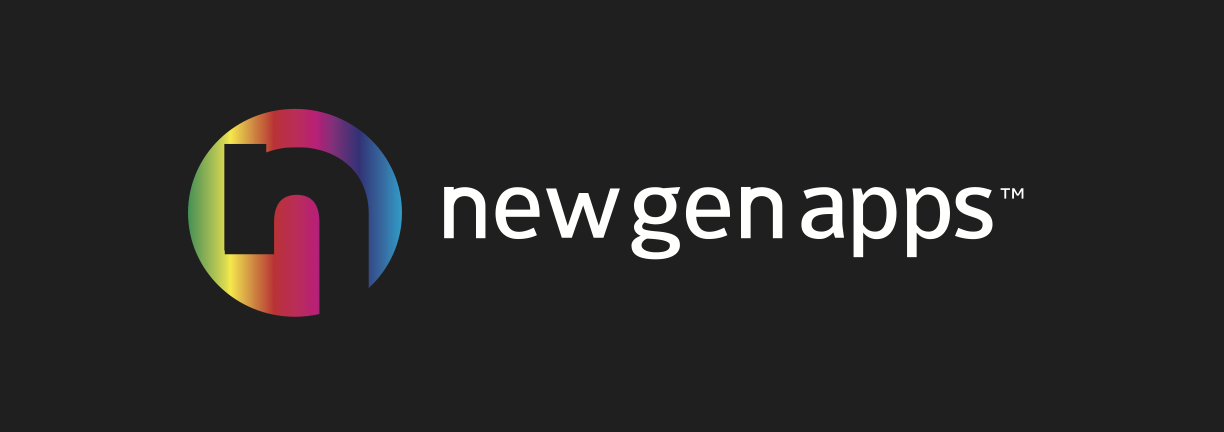With the turn of the new decade, cloud computing has already established itself as the technology of the future. A frontrunner in every developer discussion, it has swiftly captured the attention of the world’s biggest tech corporations. What started out as a seemingly endless landscape open to niche programmers and heavy-internet users who wanted a free virtual space to dump their movies and pictures has now transcended into the mainstream.
Its integration with another burgeoning technology of the 21st century, artificial intelligence, promises huge leaps in terms of how developers create applications.
This article discusses how the convergence of three different fields - software development, AI, and cloud computing - cloud app development, presents a pool of opportunities that programmers and corporates must capitalize on.
Enhanced Data Management
Using cloud computing at the core of AI app development ensures virtually unlimited storage at your disposal 24x7, available via local third party services or off-shore data farms. With the ever-increasing pace of digitization, accessibility is no longer an issue. Consumer data collection is one of the most important features of the modern app, and the cloud provides vast repositories for businesses to hold that kind of data in.
Highly comprehensive databases can be created and maintained for applications with cloud-enabled software that have extensive backups and recovery. Plus, they can be accessed from any device and anywhere in the world or can be instead restricted to certain individuals. The possibilities are endless, and the control over data is unparalleled.
This is because of the decentralizing process that works on the condition that the data is never stored in one place. In fact, it is split into multiple fragments and encrypted. Then, it is distributed to various remote data centers across the world. This increases the security of the data as well. For instance, if there’s an attempted theft - even if the cybercriminal was somehow able to break-in and steal from one center, it would still be of little value without its other parts - that are spread far and wide.
Self-sustainability of the Application
The sophisticated engineering behind such cloud-enabled applications stresses on self-sufficiency. Artificial intelligence already provided automation to the app, with the developers feeding specific commands and instructions into its programming that prevent total dysfunction in the event of a backup failure. The cloud not only reduces the possibility of that happening by a considerable margin, but it also ensures integrated recovery and trouble-shooting. This ensures self-healing.
The use of artificial intelligence further streamlines the process of managing the entire infrastructure. Identifying information, ingesting it, cataloging it, and maintaining it over time has never been easier. An e-commerce app may need to support thousands of transactions between its platform and the bank. Using the cloud smoothens the process out as it provides safe virtual space for the app to store that financial data. Plus, it allows the professionals to focus on other areas.
High-quality cloud app development has started to incorporate machine learning in their programming practices. This is done in order to train applications to achieve autonomy in the long term.
Increased efficiency
The integration of cloud computing and AI also increases the efficiency of the application’s operations as it offers more flexibility and agility to both the consumer as well as the developer. This is achieved by hosting data and applications in the cloud and then finding patterns in the data collection. A digital template is developed in the process that the application can follow all by itself - almost completely eliminating the need for human involvement.
Cloud-powered AI applications also help in harnessing “big data” - an extensive amount of data (structured or unstructured) that can be used for further analysis or in crucial decision-making processes. A study by Deloitte University Press in 2016 predicted that the digital universe would contain over 44 zettabytes of data by 2020. It is a year since that threshold was crossed, and there are over 1 billion Terabytes of information spread across the internet.
The introduction of AI to the cloud computing infrastructure means more processing power for Big Data analytics that can eventually streamline delivery services, predict economic depressions, forecast stock portfolios and real estate investments, and so much more.
Provides insightful analytics
Clearly, deep learning algorithms are digesting vast amounts of data. The more data they consume, the better they become at identifying patterns, making predictions, and automating complexity. This also becomes particularly helpful in revenue generation when ads and data-oriented services displayed on the application are custom-made for the consumer. This provides a gauntlet of opportunities to marketing agencies and businesses — and, by extension — the developer themselves.
For instance, the former can pitch their product to users whose profiles outline a potential customer. These profiles are built with a combination of analytics, such as the person’s internet history and their activity on the application itself.
Monitoring how a person responds to certain kinds of content is another way companies gain knowledge about consumer behavior.
Optimizes costs
Cloud computing also saves money as it offers clients the chance to choose their storage level on demand and as per their needs, instead of renting or buying an entire IT architecture. Furthermore, developing an application with cloud computing opens it up to multiple ecosystems. An AI app that is connected to the cloud can run on web browsers and operate on multiple platforms simultaneously without any added costs. This is especially helpful for independent developers who lack major corporate financing for their programming.
Terms such as software as a service (SaaS) and platform as a service (PaaS) have become increasingly prominent. These kinds of arrangements have high convenience and cost-efficiency. Developers get the ability to optimize their budget more efficiently and only use services they need in order to remain competitive.
With AI minimizing physical involvement and cloud computing eliminating the need for a data center, the future of cloud app development appears bright - and it won’t burn a hole in the developers’ pockets either.
Coding in the classroom: 10 tools students can use to design apps and video games
The academic world does not stand still. It undergoes constant transformations. Skills which graduates should have to succeed in the labor market...


